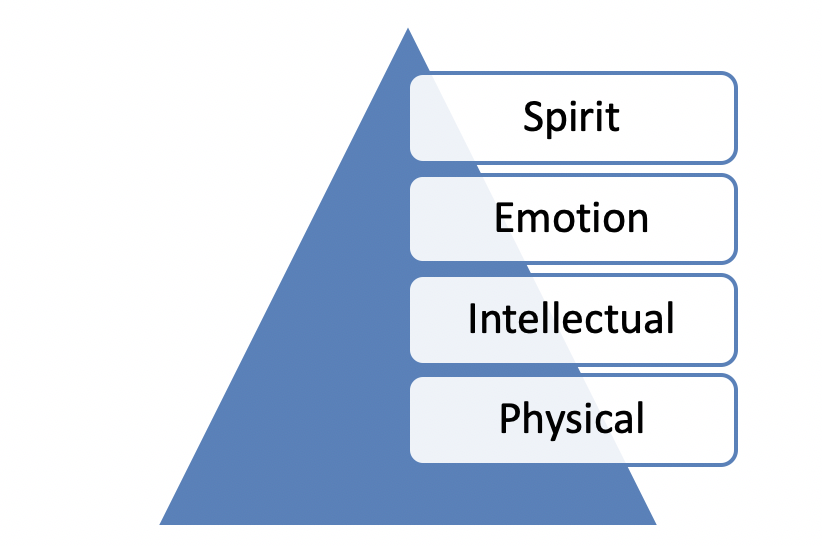
Maximise Your Productivity with this 100-year-old hack
25 September 2020The Four Energies of Leadership
“Energy not time is the fundamental currency of high performance.”
What a great quote and taken from the excellent book: The Power of Full Engagement by Jim Loehr and Tony Schwartz.
The concept of Leadership Energies was developed by the McClain Group back in early 2000 and then written about in another excellent leadership book by Steve Radcliff on ‘Future, Engage, Deliver’.
The concept is that every thought, every emotion and every feeling we have provides energy whether that that is positive or draining. Whilst we might have a limit on the number of hours in any one day, we have infinite access to both the quality and quantity of our energy. And we draw that energy from four sources:

Our physical energy refers to a broad range of aspects: our sleep, our fuel, our recovery, our physical presence, our resilience. This energy drives our every day performance levels.
Our intellectual energy is that which focuses on data, on experiences, on ideas, on logic, on rational, our ability to debate, articulate and conceptualise. This energy enables us to innovate, organise and move forwards.
Our emotional energy is our ability to relate to others, to build rapport, to engage, our compassion, our empathy, our passion, our drive, our enjoyment of life. This energy is essential in driving strong teams, in creating partnerships and having collaboration.
Our spiritual energy is our focus on our purpose, our reason for being, our vision for ourselves and the organisation, the values that we bring, our integrity, our conviction and our inspiration. Our spirit energy enables us to focus on our future and possibilities.
Don’t you just love this! In my experience of working as a coach to many different leaders there is a pre-dominance of physical and intellectual energy that exists in organisations and such a vacuum around the emotional and spiritual space. This may explain why there are engagement issues in organisations, why some organisations experience high turnover and high sickness rates.
Creating a strong and high performing culture requires many different facets. In my view this model is one of the foundational pillars in driving transformation.
As always the first step is to be tuned into your own energy preferences. Maybe you are someone with a high degree of passion and sense of purpose. Perhaps you are working in an organisation that values intellect, debate and drive. Maybe you are struggling to get your team engaged on a new initiative or perhaps you have not received the pay rise or career growth that you were expecting.
Consider your own energy and then turn outwards and think about the organisation you work in. What energies do you see or hear around you? When you talk to others, what gives you energy? Similarly who or what energy takes it away from you?
You can also use this tool with reviewing your stakeholders and customers. Are you using all four? Do your stakeholders have a clear preference? By seeking to bring a stronger holistic stance to your leadership, you will naturally engage many more people in your vision and direction.
“Simply put, a leader’s job is to energise others. Notice that I don’t say it’s part of the job; it is their job. There is no ‘time off’ when a leader isn’t responsible for energising others. Every interaction a leader has is either going to positively energise those around them or negatively energise them.”
—Noel Tichy




